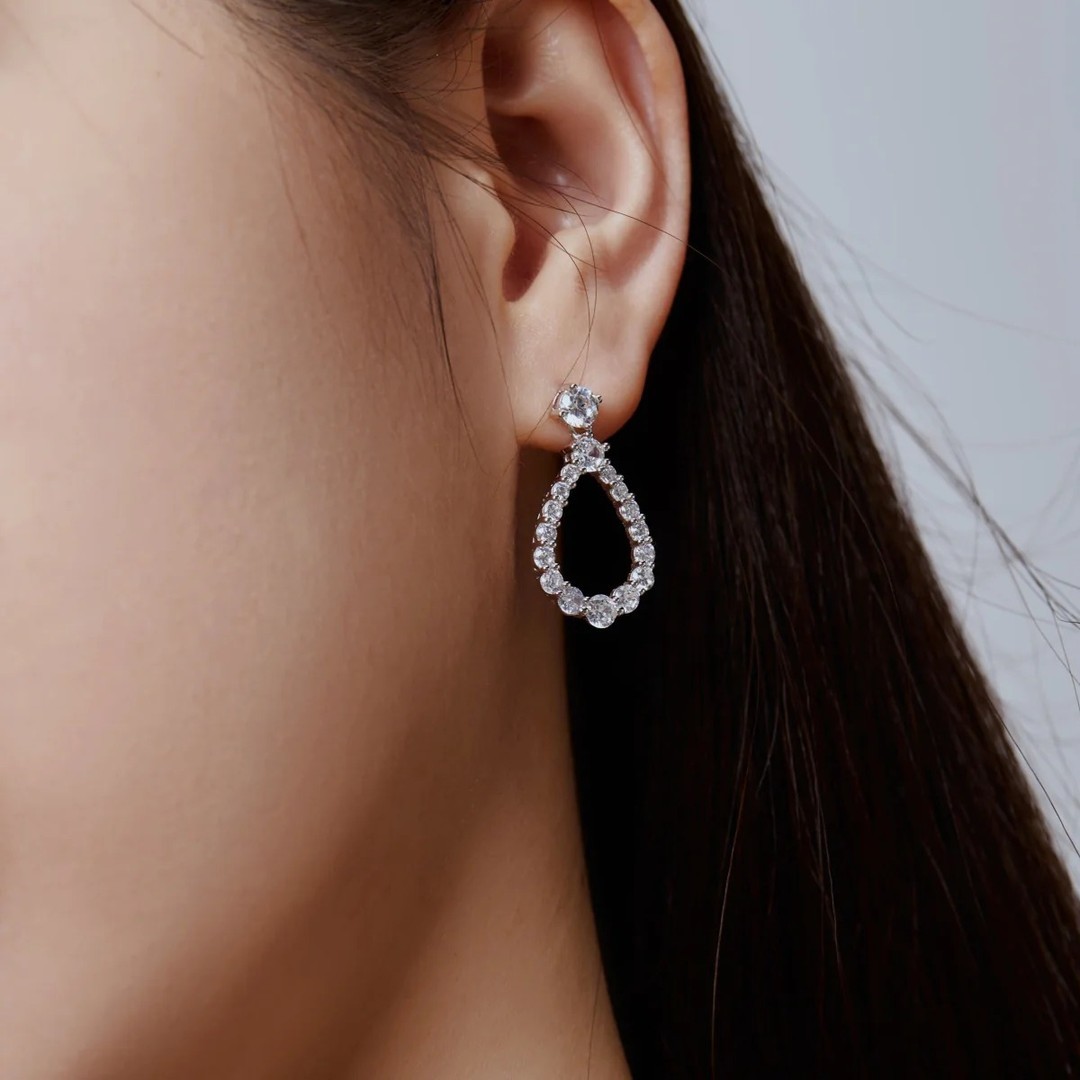
Imperial jewelry represents the pinnacle of craftsmanship, artistry, and wealth, offering a glimpse into the opulent lives of royals and rulers throughout history. From dazzling crowns to intricately designed necklaces, these treasures symbolize more than beauty—they embody power, authority, and the cultural identity of entire empires. Let’s dive into the world of imperial jewelry and uncover the stories behind these iconic pieces.
The Symbolism of Imperial Jewelry
For rulers, jewelry has historically served as a visual representation of their divine right to rule, their nation’s wealth, and their cultural significance. Crowns, scepters, and ceremonial regalia were designed not only to awe subjects but also to project strength and stability to allies and rivals alike.
In many cultures, gemstones were believed to carry mystical properties. Emeralds symbolized fertility and renewal, diamonds represented invincibility, and rubies were thought to bring prosperity. These beliefs, combined with the rarity of the materials, made imperial jewelry much more than mere decoration—it became a tool of diplomacy, propaganda, and legacy.
Legendary Imperial Collections
-
The British Crown Jewels
The British Crown Jewels, housed in the Tower of London, are among the most famous in the world. This collection includes the Imperial State Crown, adorned with over 2,800 diamonds, sapphires, and emeralds, and the Sovereign’s Orb, a golden sphere symbolizing Christ’s dominion. The collection also features the Koh-i-Noor diamond, a controversial gemstone with a storied past spanning India, Persia, and Britain. -
The Romanov Dynasty’s Treasures
The Romanovs of Russia possessed an extraordinary collection, including tiaras, brooches, and the iconic Fabergé eggs. These exquisite pieces blended intricate design with unmatched craftsmanship. After the Russian Revolution, many of these treasures were lost, sold, or hidden, adding to their mystique. -
The Peacock Throne of the Mughal Empire
A masterpiece of extravagance, the Peacock Throne of India symbolized the Mughal Empire’s wealth and influence. Inlaid with emeralds, rubies, diamonds, and pearls, it was more than a throne—it was an emblem of imperial splendor. Although the original was looted during invasions, its legacy continues to captivate historians and jewelers alike. -
The French Crown Jewels
France’s royal collection included some of the world’s most famous gemstones, like the Hope Diamond and the Regent Diamond. Marie Antoinette’s personal jewelry, featuring pearls and diamonds, reflected her refined taste and extravagant lifestyle. Many pieces were sold after the French Revolution, scattering these treasures across the globe. -
The Iranian Crown Jewels
Housed in Tehran, the Iranian Crown Jewels are among the most impressive collections in existence. The Darya-i-Noor (Sea of Light), one of the world’s largest pink diamonds, and the Jeweled Globe, encrusted with over 50,000 gems, showcase the magnificence of Persian dynasties. https://imperial-jewelry.us/
Craftsmanship and Innovation
Imperial jewelry is synonymous with unmatched craftsmanship. Skilled artisans dedicated years to creating these masterpieces, employing advanced techniques for their time. From intricate engravings to the precision of gemstone cutting, these pieces represent the height of artistic achievement.
The Mughal Empire, for instance, was renowned for its use of the “kundan” technique, where uncut stones were embedded into gold to create vibrant designs. In Europe, jewelers like Carl Fabergé brought innovations such as enameling and hidden mechanisms, as seen in the celebrated Fabergé eggs of Russia.
The Power of Jewelry in Diplomacy
Imperial jewelry often played a role in diplomacy, acting as gifts exchanged between monarchs to cement alliances or as tributes to show respect. These pieces not only demonstrated the wealth of an empire but also conveyed messages of goodwill and mutual strength.
One notable example is the exchange of jewels between European royals during the marriage alliances of the 18th and 19th centuries. These gifts symbolized unity and trust, ensuring the continuation of dynastic ties.
The Fate of Imperial Jewels
While some imperial jewelry remains intact in museums or royal collections, many treasures were lost, stolen, or dispersed during wars and revolutions. Napoleon’s crown jewels were scattered after his defeat, and much of China’s imperial collection disappeared during the looting of the Summer Palace.
These lost jewels have become the stuff of legend, sparking speculation and treasure hunts. Stories of hidden royal gems buried during times of upheaval add an air of mystery to their histories.
Modern Fascination with Imperial Jewelry
Today, imperial jewelry continues to captivate audiences worldwide. Museums and exhibitions showcasing these treasures attract millions of visitors, eager to marvel at their beauty and history. Institutions like the Louvre, the Kremlin Armory, and the British Museum have turned these pieces into cultural landmarks.
Auction houses also play a significant role in keeping the allure alive. Pieces with royal provenance fetch record-breaking sums, as seen when Marie Antoinette’s pearl pendant sold for $36 million in 2018. These sales not only highlight the monetary value of these jewels but also their emotional and historical significance.
Legacy in Gold and Gemstones
Imperial jewelry represents more than material wealth—it is a reflection of human ambition, creativity, and the desire for immortality. Each piece tells a story of an empire’s rise and fall, of love and conflict, and of the timeless pursuit of beauty.
As these treasures continue to dazzle and inspire, they serve as a reminder of the power and artistry that shaped the world’s greatest dynasties. The legacy of imperial jewelry, like the empires it represents, remains etched in history, shining as brightly as the gemstones that adorn it.





Leave a Reply